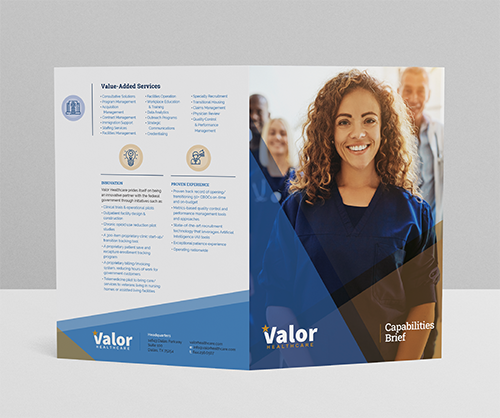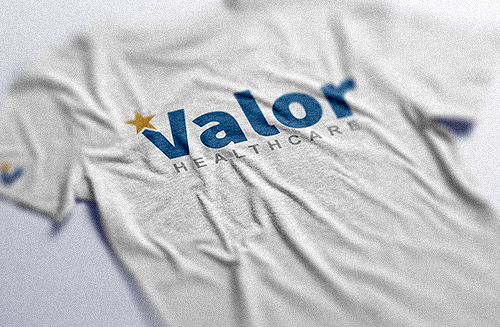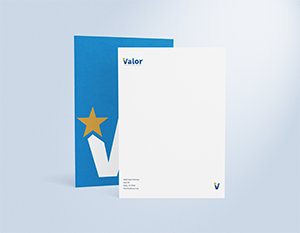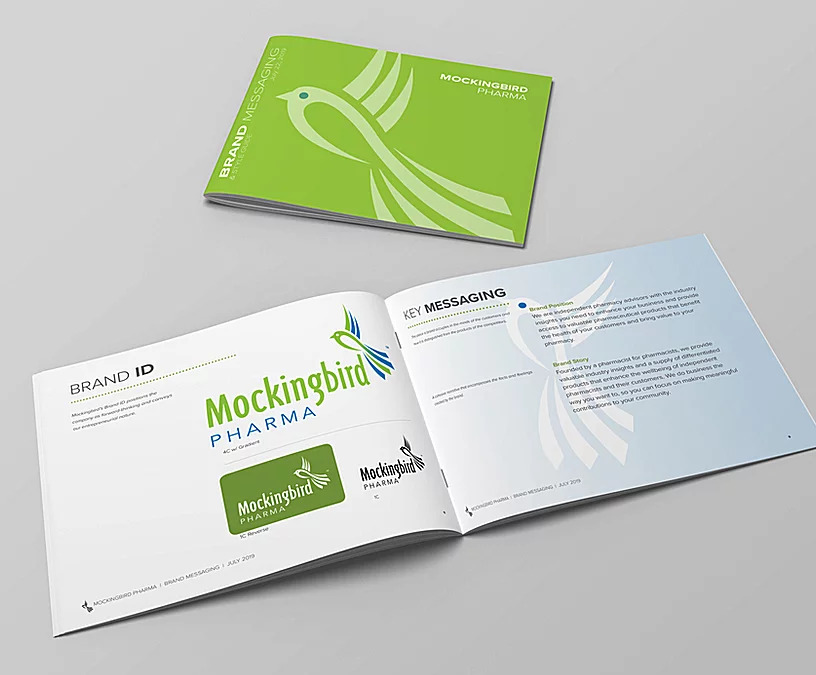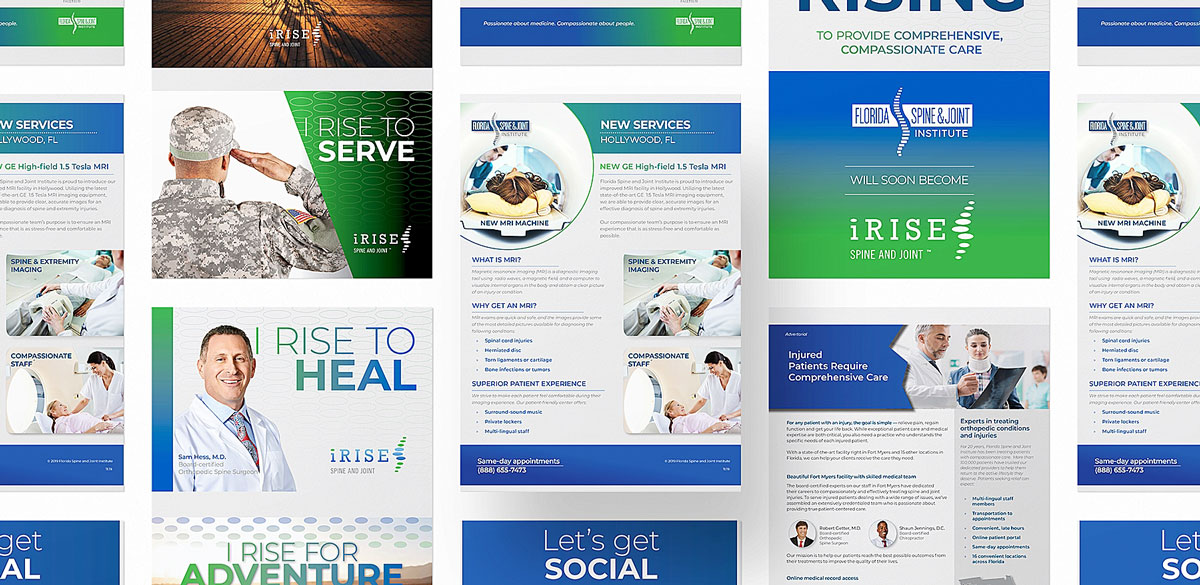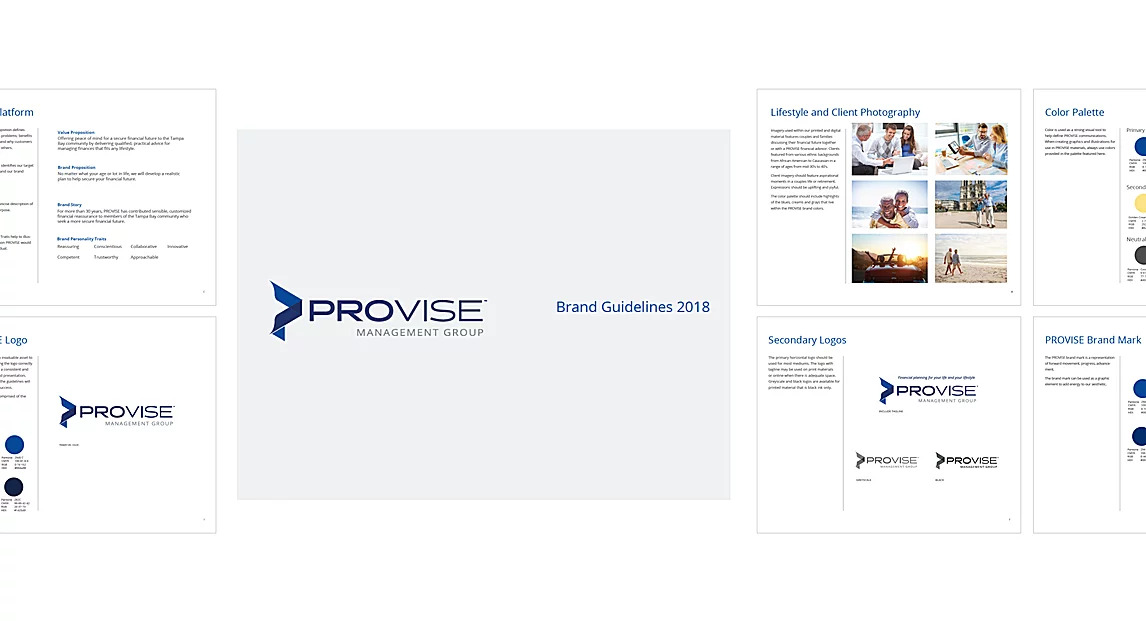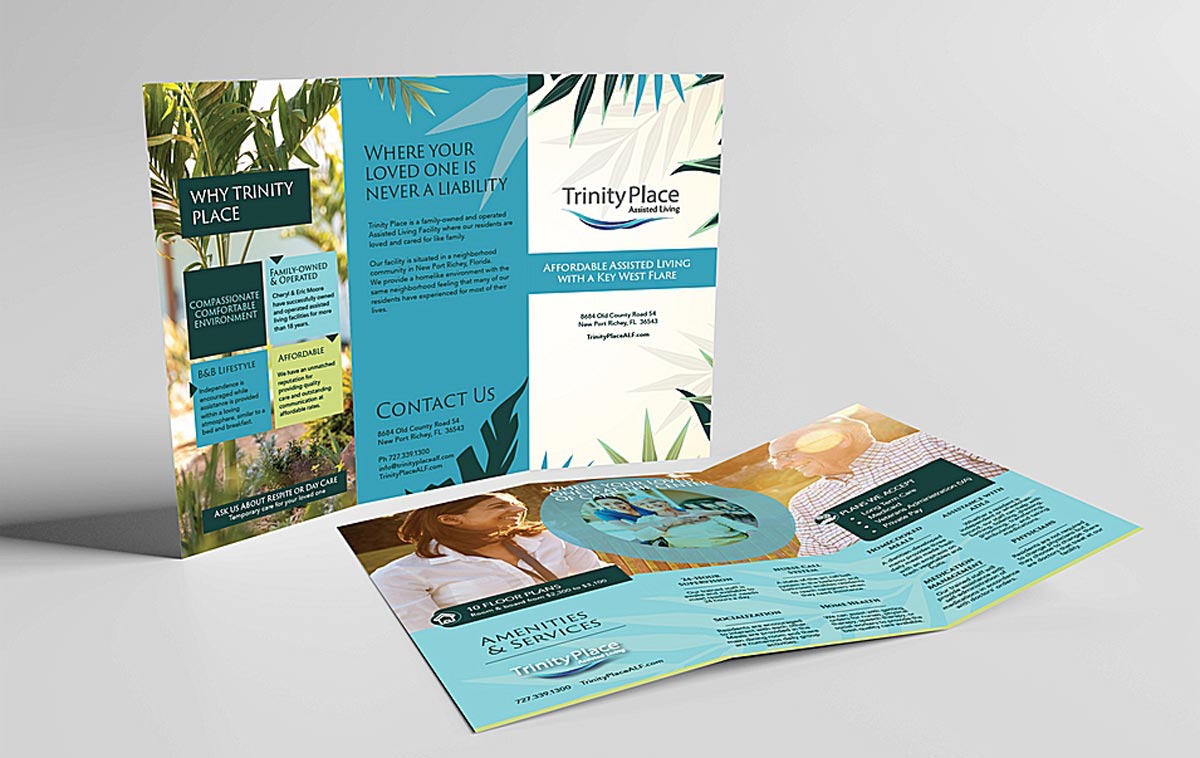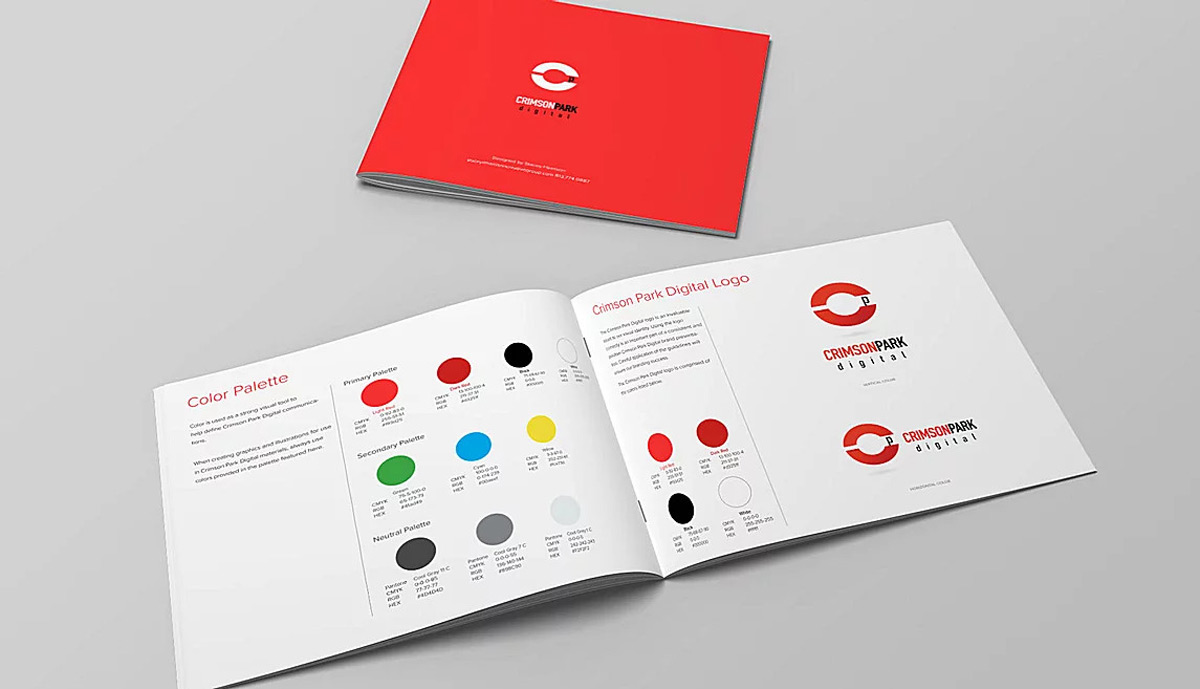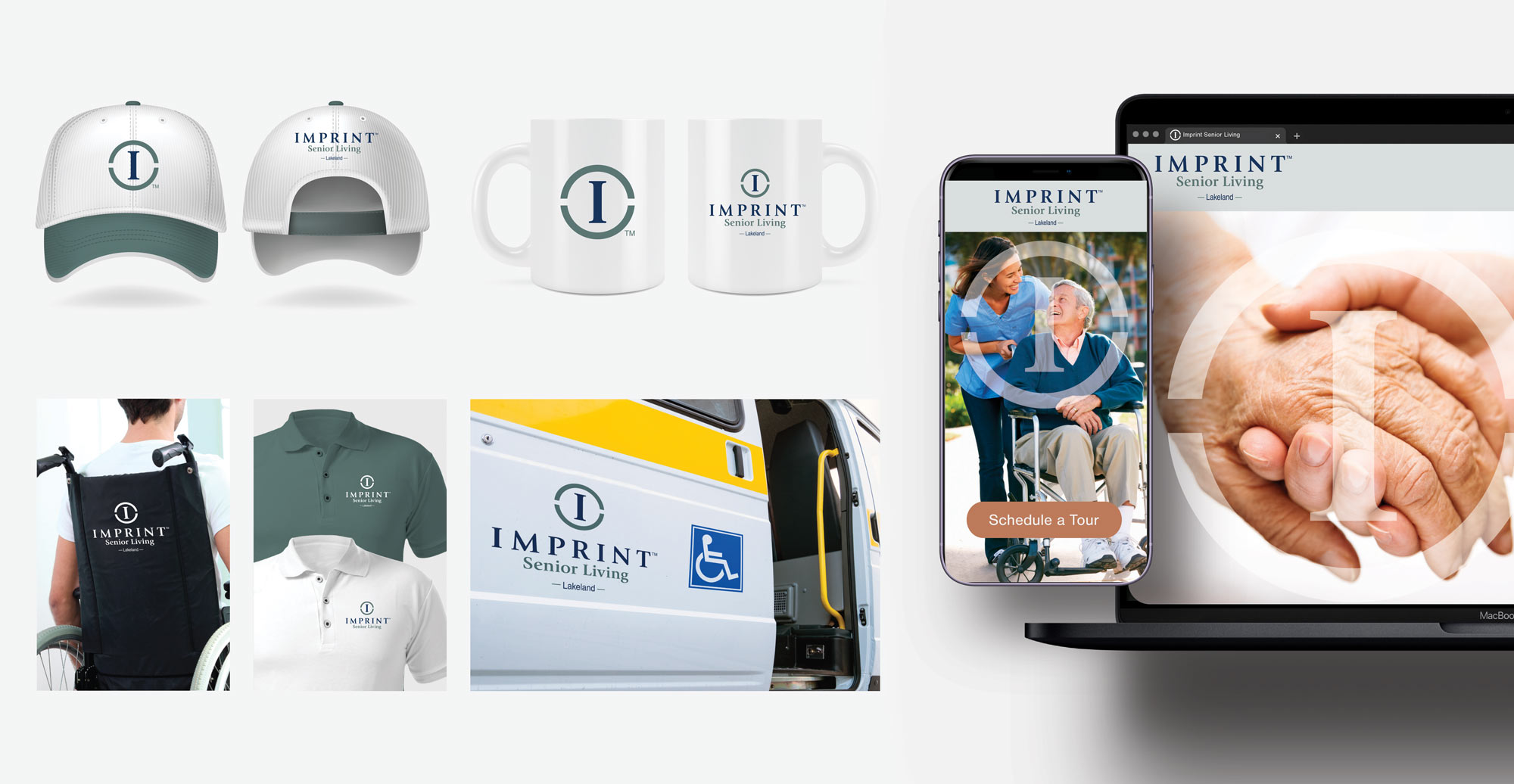
What do you think about when you hear the word “brand”? Many people, including some successful executives, think that branding is just a company’s logo. You might think of the Nike swoosh, McDonald’s golden arches or Apple’s famous Macintosh apple brand mark- just a few of the top 10 most-recognized brands in the world. And you’d be correct in thinking that a logo is part of a brand, but many people fail to consider all the other intangible elements that make up a company’s branding strategy.
A brand is a promise that you make to your customers. It’s what you stand for. The value you add and the impression you leave when your product or service is used. It takes time to build value.
Clearly, building a brand like Nike or Apple takes years and a huge investment in research and development, advertising, customer service and product refinement. But, even if you’re a small company with a small budget, it’s critical to think about how your brand is perceived so you can portray the right image and message that align with your mission, values and service offering.
There are many aspects to branding including messaging, positioning, and visual elements. If marketing and branding feels like a foreign language you’re struggling to learn, here are some visual branding tips broken into actionable steps you can put into place at your small or large business.
Build the foundation, first.
Step one of building your brand and your messaging guidelines is to ensure that you have a strong foundation. Your company’s mission, vision and values are the guiding principles that your brand should ladder up to.
Your company’s value systems will inform key messaging that includes your value proposition, position and story. Those key components make up your brand’s persona or personality.
From there, you create a style and identity that is your brand. This includes your messaging- your brand’s tone, dialect and voice. The visual part of your brand style is the design, color palette and visual ID.
Without this simple brand platform, your brand’s messaging could easily stray off-course.

Create brand guidelines
Brand guidelines are a set of rules for how and where to use your logo, name, colors and messaging. Whether you need simple or more detailed guidelines depends on the complexity of your business and long-term marketing plan. Simple branding guidelines should include your logo layouts (yes, there may be more than one way to display your logo depending on the orientation and color of the material), primary colors and fonts.
Harrison Creative Group’s branding guidelines

More detailed branding guidelines can also include the secondary colors, style of photography and graphics, description of the personality and messaging style, calls-to-action to be used in advertising, ad layouts and types of signage. Once you establish brand guidelines, it’s important to stick to them and ensure your partners are following the rules. Why are branding guidelines important? See the next key point.
Consistency is key.
Think about how you learned a new acquaintance’s name. You probably repeated it three times when you were introduced, wrote it down, took their photo and saved it in your phone to remember. Brands are built in the same manner- through consistency and repetition. The more customers see and hear about your brand, the more likely they are to recall it when they need your product or service. Don’t make them work to figure out your name and what services your provide. Make it clear in every opportunity you have to interact with them.
As your company grows, you’ll create more branded materials and content to tell your story- websites, landing pages, brochures, business cards, signage, vehicle graphics, uniforms and trade show booths. It’s important for all of these items to look and feel like they came from YOUR company, so that you build frequency in the message and image you’re trying to portray. This will help your customers recall YOUR brand, and not your competitor’s the next time they’re in the market for your product or services.
Take an objective look at your current customer materials, letterhead, website, signage, and employee uniforms. Better yet, ask someone outside of your company to provide an unbiased look. Spread all of your marketing materials out on a table or pin them up on a wall. Do they all look the same or at least like they come from the same company? Do they all include the same logo, colors, fonts, and image style?
When a customer drives by or pulls up to your building, is your logo clearly displayed? Is it obvious how to get in touch with you?
If you answered no to these questions, don’t worry, all is not lost. Even established companies with large, structured marketing teams can lose control over the consistency of their brand in materials, signage, and website when working with multiple people, departments and outside vendors. Start now. Build the foundation and continue to improve upon it.
If you’re just starting your company or want to refresh your image to build awareness, now is a great time to get really clear on what your brand guidelines are before you have any outside vendors start developing materials for your company.
Need assistance with creating branding guidelines or creating a consistent message?
Contact Heart & Hustle.

About the Author
Stacey Harrison is the lead brand strategist and designer at Heart & Hustle Brands and has provided creative direction for healthcare, industrial, and financial services brands for 20 years. She started Harrison Creative Group in 2017 to serve businesses that need a professional brand image on a budget. In 2021, the company rebranded to Heart & Hustle Brands to walk in the shoes of clients that experience a change of name or brand refresh.



